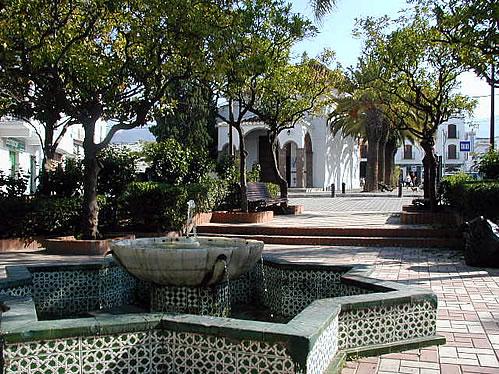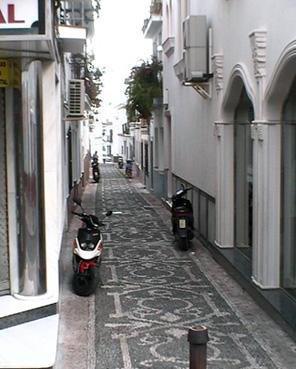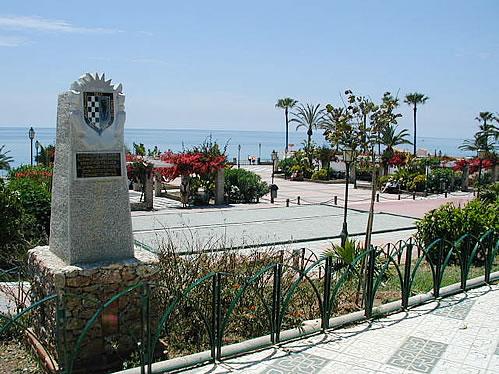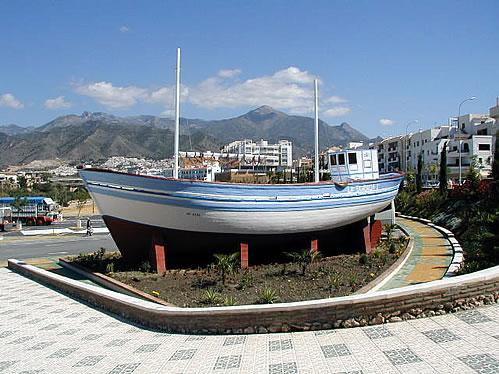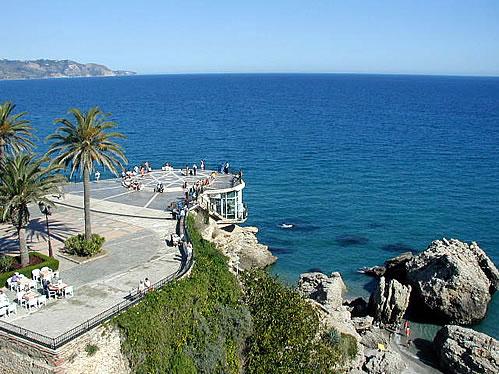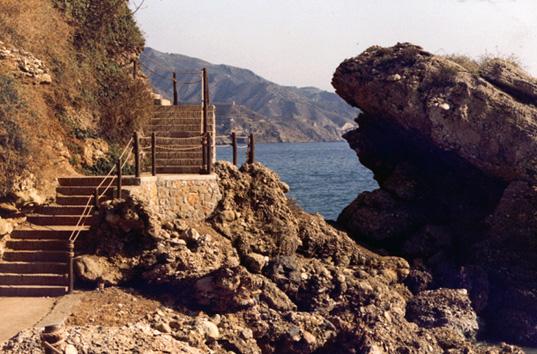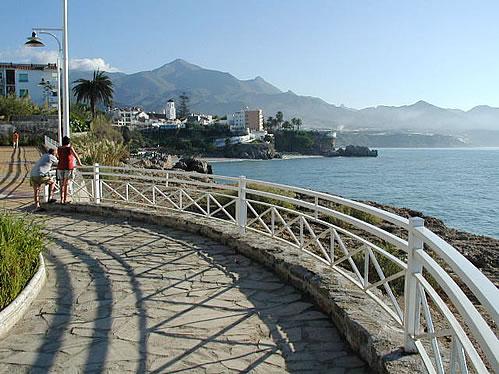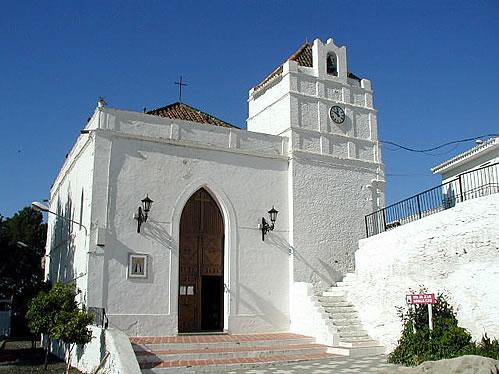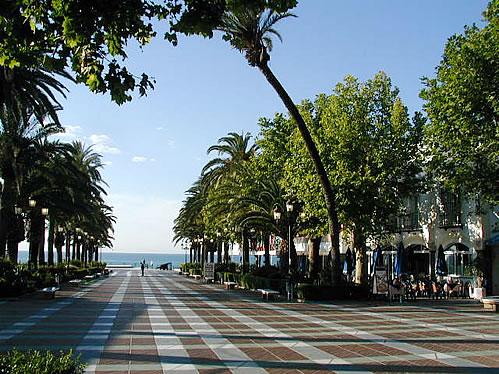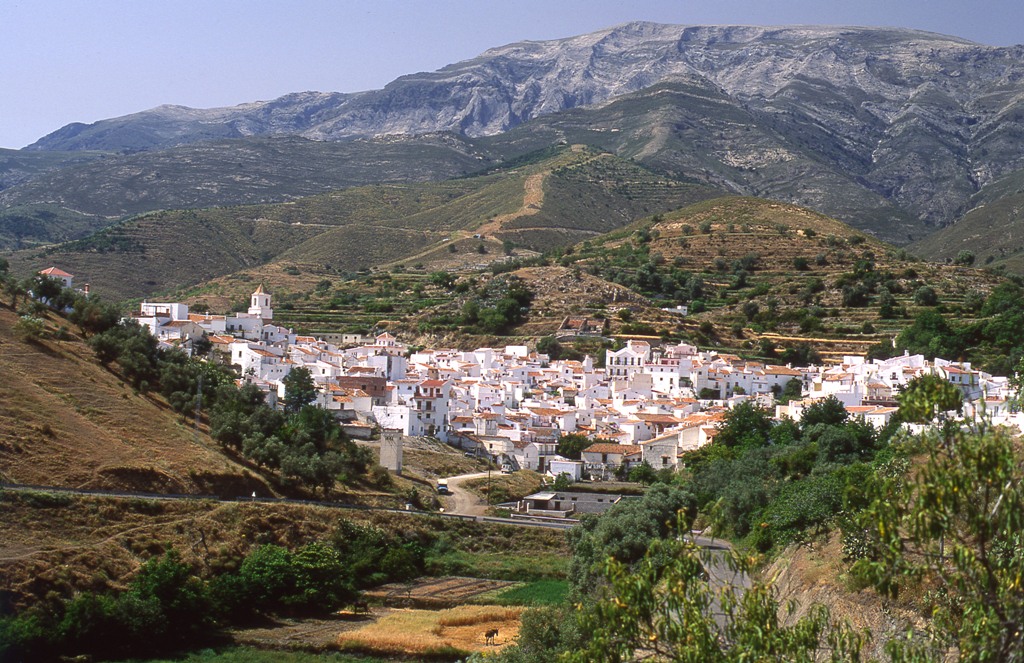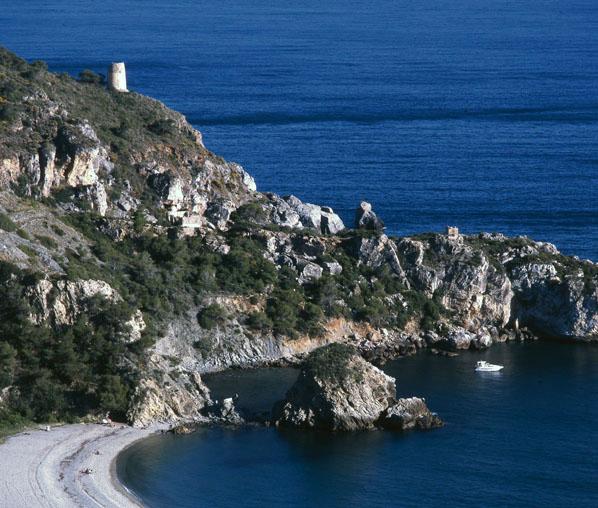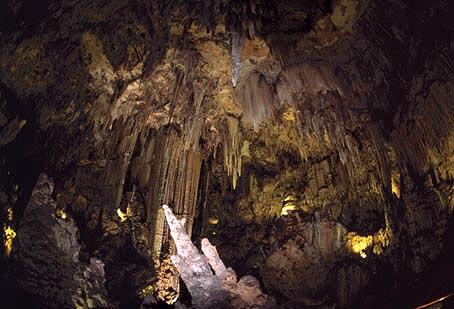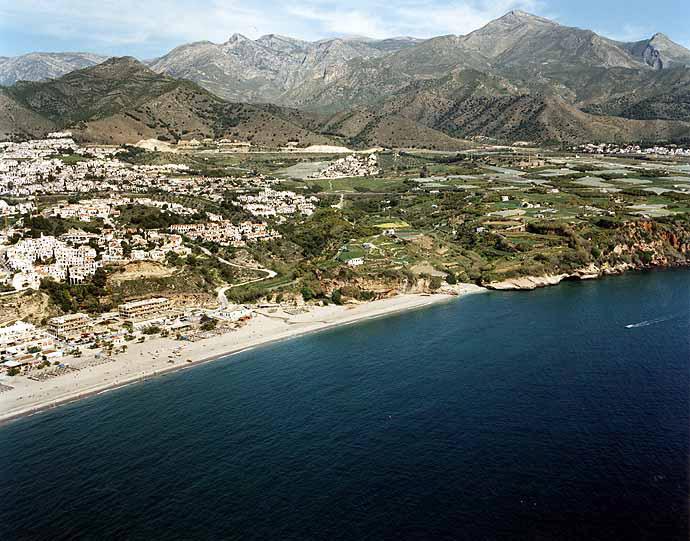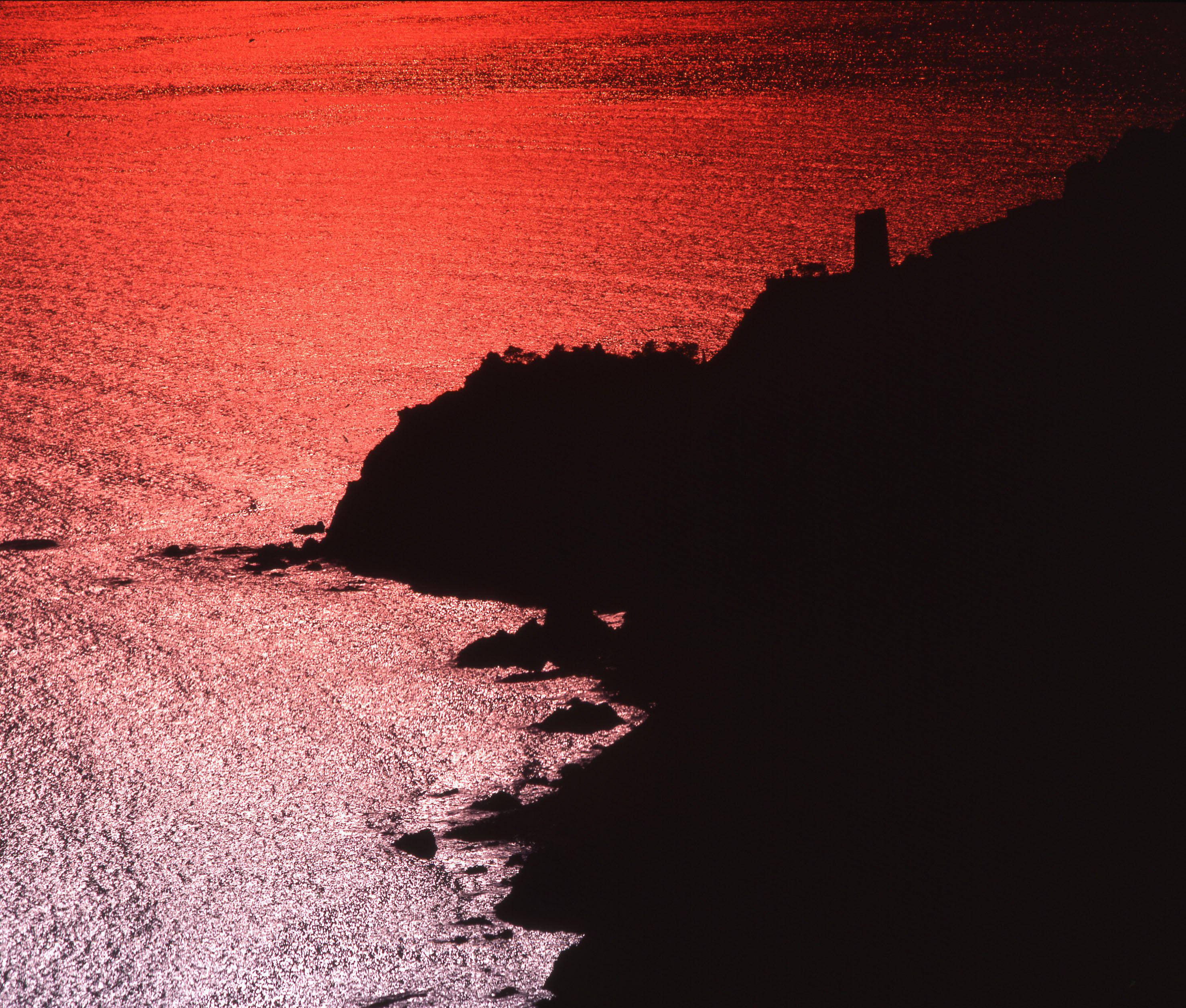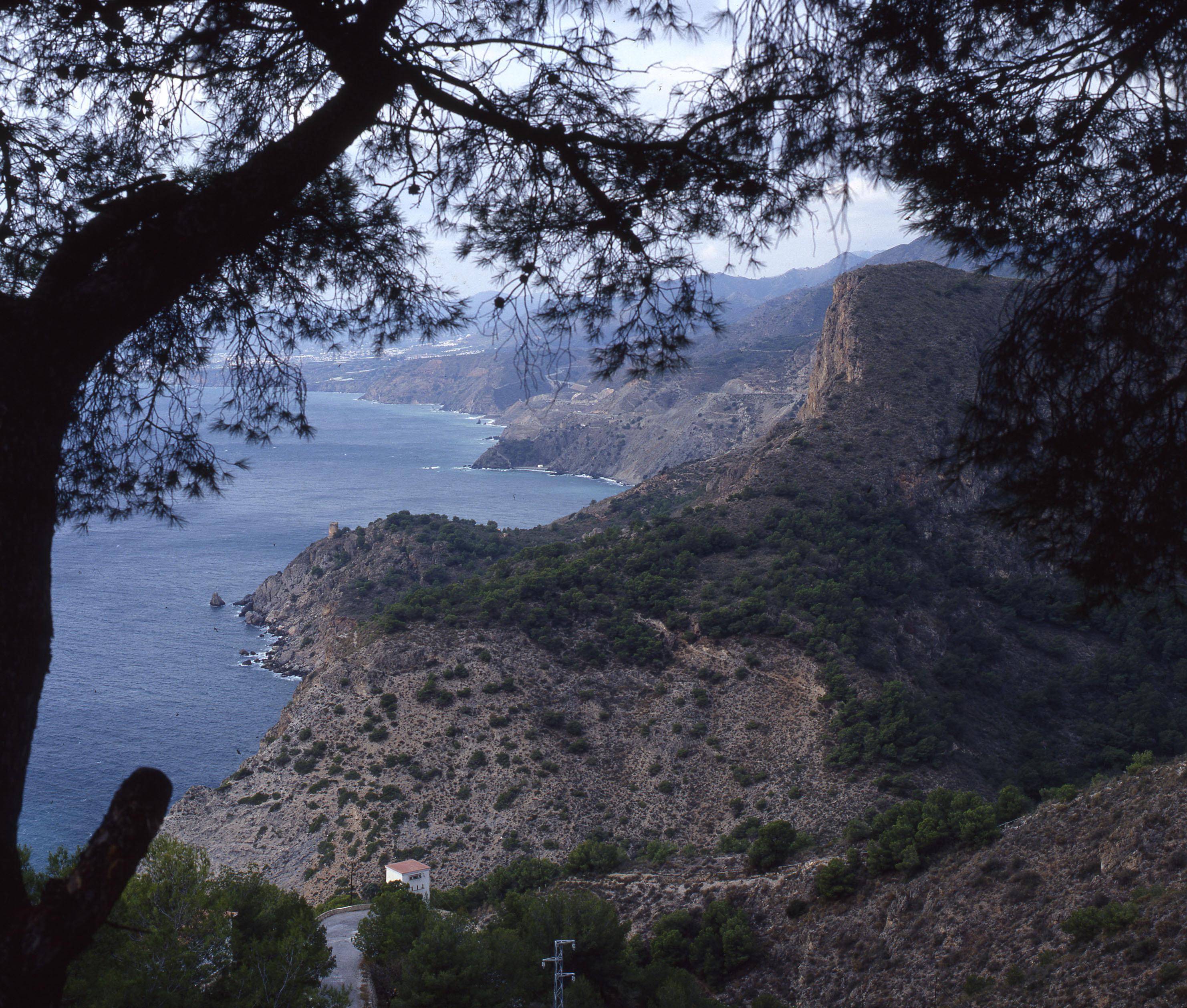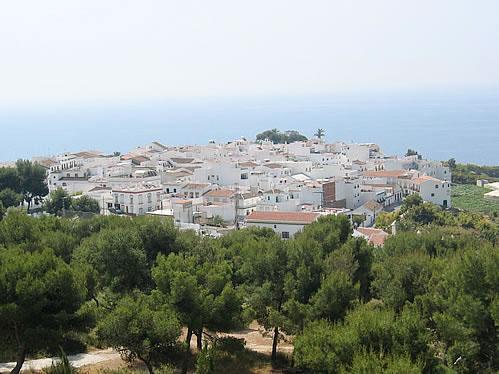Nerja
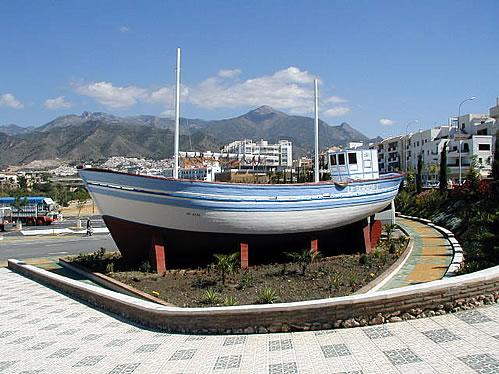
The village offers a wealth of elements of interest, which have made it one of the most important tourist resorts on the Costa del Sol.
Its scenic beauty ranges from the spectacular mountains to the coast with its splendid beaches, with fertile orchards turning the area in between into a veritable garden paradise.
In addition to all of this, Nerja boasts unforgettable locations such as Nerja Cave, one of Spain's most beautiful and oft-visited, Maro Cliffs, declared a Beauty Spot; and, in the village itself, the Balcón de Europa and The Saviour Church.
History
Its present-day name comes from the Arabic Narija or Naricha, which in turn was derived from a Roman term. A variety of Roman relics remain in the area, including a section of the old road which linked Sexi (Amuñecar) with Caviclum (Torrox) and a bridge which provided communications with the Roman town of Detunda (Maro).
However, man's presence in the area dates back to the Upper Palaeolithic period, as witnessed by human remains found in Nerja Cave.
In the 10th century, Nerja is described as a large farm standing amidst mulberry trees and leafy orchards, famous for its expertly-crafted silk textiles.
The village was protected by a resilient castle, the remains of which can still be seen on the road to Frigiliana.
After the capture of Velez-Malaga by troops of the Catholic Monarchs in 1487, Nerja fell under Christian rule, becoming a part of Velez in 1501.
In 1509, to provide coastal defences against the attacks of Berber pirates, a fortress was built on rocky ground overlooking the sea, the site of the present-day Balcon de Europa vantage point.
The sudden abandonment of the area by many of its morisco (Moslem converts to Christianity) inhabitants was soon followed by its repopulation by Old Christians from Vizcaya, Galicia, Valencia, Seville and other parts of Andalusia in about 1515. 1570 saw the definitive expulsion of all moriscos.
Another important episode in Nerja's history occurred during the War of Independence, when Napoleon's troops captured the village and set up coastal defences in the castle which were subsequently destroyed by the English navy in 1812.
The village and its municipal area were also affected by the major tremor known as the Andalusian Earthquake on Christmas Day 1884; extensive material damage was suffered. On 20 January 1885, King Alfonso XII travelled to Nerja and other parts of the Axarquia region to express his concern at the problems caused by the earthquake.
A new stimulus, which was to change forever the whole face of Nerja and the rest of the municipal area, as well as its inhabitants' economic activities and way of life, came in the second half of the 20th century, when the progressive development of tourism, which had begun in 1960s, transformed the town into one of the Mediterranean coast's leading holiday resorts.
In 1990, Nerja was twinned with the Italian town of Pescia.
Eminent citizens
Melchor Pardo y Gutierrez, military leader and writer.
Federico Gonzalez Rabanada, poet and prose writer.

- Max 17
- Min 13
- Max 62
- Min 55
- °C
- °F
What territory do you want to visit?
Events


